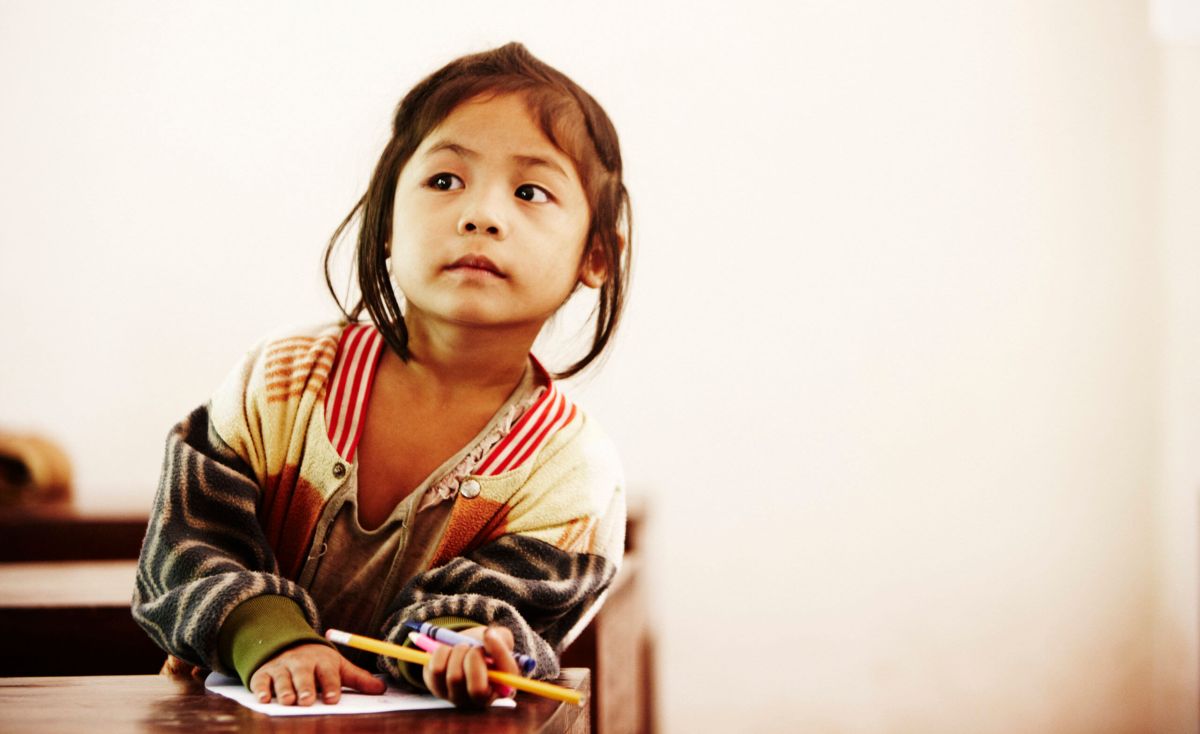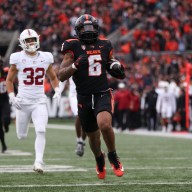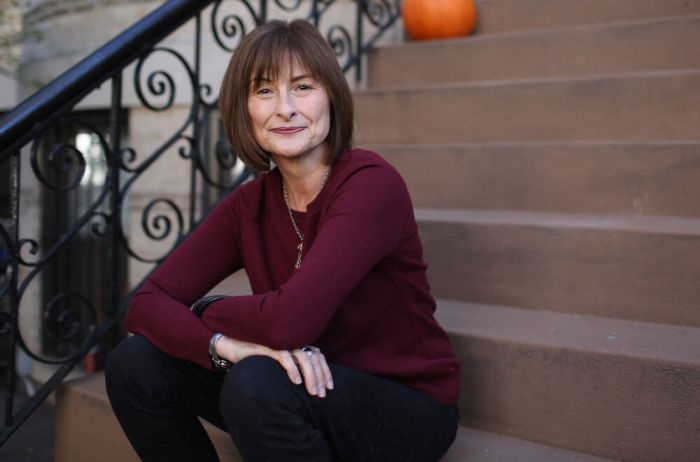One of the biggest ways to empower a community is through education. Yet, about 250 million children worldwide lack basic reading, writing and math skills, accordingto a UnitedNations report — and many don’t have any access to schools that can help them learn. Pencilsof Promise is helping pick up the slack. The nonprofit, founded in 2008, not only builds schools in the developing world, it also takes an activerole in shaping the learning that goes on between their walls. “We don’t want to just be known as a charity;we want to be learn for our innovation,”says founder Adam Braun, who launched a Kickstarter to help fund PoP’s first school in Laosat the age of 25. “We want to determine what education will looklike not just for Guatemala, but also New York and New Jersey.” We talked with Braun and PoP Director of Impact Leslie Engle Young about how they’rechanging the way we teach our kids.
Get the community involved
PoP is careful to treat the communities it serves not as charitycases, but as partners. “We don’t want to be seen as these Westerners coming from the outside and telling people what they need,” says Braun. “We want to build actually locally sustainable projects.” That’s why the local communities that partner with PoP contribute at least 20 percentto the cost of building the school, either through labor or materials. The rest is funded by outside doners.The localsalso have a large say in what the school should be like, too. “When we visit a potential community, we spenda lot of time with the administrators, elders, teachers and students asking questions about what they want to see happen, what they want out of education,” says Young. “That involvement from the beginning really drives the partnership and makes them more invested.” Utilize technology to empower students — and teachers
Many schools can’t afford physical copies of books. PoP, therefore, uses tablets, e-readers and other creative materials to give students and teachers access to materials. (One e-reader can provide a student with 100 titles in both English and the local language.) “This is something that could change education in a more radical way,” says Braun. The access to technology also helps push one of PoP’s core principals, that of student-centered learning. “That informs the things that we do in teachercoaching sessions,” says Young.“How to get teachers to be involved in peer learning, how to make learning come to life in the classroom, how to use games and other materials. … It’s imperative that students learn how to learn — and thatthey want to learn.”
250 million children can’t read — this organization wants to fix that

Provided


















